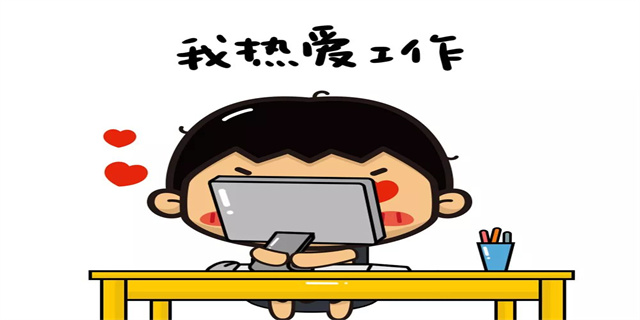rapelay(Rapelay An Examination of an Infamous Controversial Video Game)
Rapelay: An Examination of an Infamous Controversial Video Game
Introduction:
Video games have long been a form of entertainment that can push boundaries and challenge societal norms. However, there are instances where certain games venture into questionable territory, sparking heated debates and raising concerns about their impact. One such game is Rapelay, a controversial Japanese adult video game that garnered significant attention due to its explicit content and controversial themes. In this article, we will dive into the controversy surrounding Rapelay and discuss the ethical and social implications it raises.

The Controversial Content:
Rapelay, developed by Illusion Software, was released in 2006 and sparked immense controversy due to its highly explicit and disturbing content. The game revolves around a character who engages in sexual violence against women, including rape, assault, and harassment. The objective of the game is to perform these acts on unwilling victims, while also being able to impregnate them. The explicit content, combined with the ability to control and escalate the violence, understandably raised numerous ethical concerns and triggered outrage among various communities.

The Ethical and Social Implications:
The existence of a game like Rapelay raises several ethical and social questions. Firstly, it brings into question the responsibilities of video game developers. While creative freedom is important in the gaming industry, should developers be given complete autonomy to create and distribute content that promotes and glorifies sexual violence? The issue here lies in the potential harm it may cause by normalizing and desensitizing players to such acts of violence, as well as the psychological impact it may have on individuals who engage with this content.
Secondly, Rapelay highlights the need for stricter regulations regarding the production and distribution of explicit video games. While many countries have age restrictions in place for certain video game content, the existence of a game like Rapelay exposes gaps in the system. Should the game be banned outright or should stricter regulations be implemented to prevent its circulation to vulnerable audiences, such as minors? These are important questions that need to be addressed to strike a balance between creative freedom and safeguarding societal values.
Lastly, it is crucial to consider the potential influence of such games on society at large. Critics argue that Rapelay perpetuates misogynistic attitudes and reinforces harmful gender stereotypes. By allowing players to simulate acts of violence against women, the game normalizes and trivializes sexual assault, potentially contributing to a culture that minimizes the seriousness of such crimes. This in turn may have a negative impact on real-world behavior and attitudes towards women. It is essential to examine the societal consequences of consuming, supporting, and engaging with media that promotes violence against women.
Conclusion:
Rapelay is a video game that has undeniably made a mark for all the wrong reasons. It serves as a stark reminder of the ethical and social implications associated with explicit content and the responsibilities of video game developers. While debates around creative freedom and censorship continue, it is vital to critically evaluate the impact of such games on society, particularly in terms of normalizing violence against women. The controversies surrounding Rapelay serve as a call to action to reassess the boundaries and regulations of the gaming industry, ensuring that artistic expression is not prioritized at the expense of societal harm.
版权声明:本文内容由互联网用户自发贡献,该文观点仅代表作者本人。本站仅提供信息存储空间服务,不拥有所有权,不承担相关法律责任。如发现本站有涉嫌抄袭侵权/违法违规的内容, 请发送邮件至3237157959@qq.com 举报,一经查实,本站将立刻删除。
